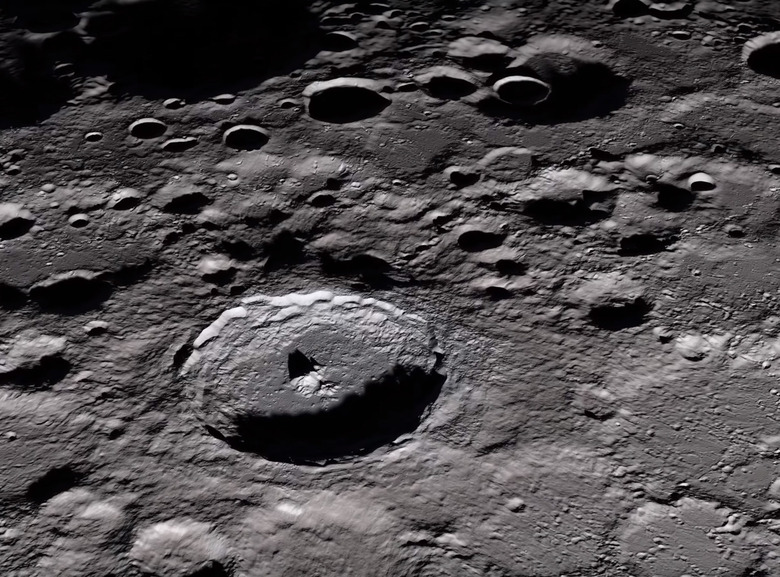New Study Suggests The Moon May Be Shrinking
Earth isn't the only place that "quakes." Rocky planets and moons regularly experience similar movements, and faults can form between massive chunks of crust on other worlds the same as they can here on Earth. The Moon is one place we know that experiences those kinds of shifts, and new research suggests that it might actually be making the Moon smaller over time.
The study, which was published in Nature Geoscience, explains how the cliffs observed on the Moon's surface hint at a cooling spell that occurred after the Moon formed. As it cooled, it "shriveled like a raisin," and large cliffs formed on the surface when the Moon's crust was compressed. These regions, known as thrust faults, may still be growing today, and the overall size of the Moon may be shrinking as a result.
The researchers combined observations from NASA's Lunar Reconnaissance Orbiter with new analysis of seismic readings gathered during the Apollo moon missions. This revisiting of the data revealed the approximate source of dozens of lunar quakes detected by the instruments.
"We found that a number of the quakes recorded in the Apollo data happened very close to the faults seen in the LRO imagery," Nicholas Schmerr of the University of Maryland, co-author of the study, said in a statement. "It's quite likely that the faults are still active today. You don't often get to see active tectonics anywhere but Earth, so it's very exciting to think these faults may still be producing moonquakes."
As on Earth, pressure along fault lines builds up to a point where the force of friction can no longer prevent the large rocky plates from moving. When that movement occurs, a quake is felt, and in the case of the Moon the continued movement of the plates may indicate that it's not done shrinking.
The researchers suggest that this is just another of many reasons why mankind should prioritize a revisit of the Moon. Learning more about how the Moon works and the mechanics at play on the surface could teach us a great deal about other planets as well, and help prepare organizations like NASA for trips deeper into space.
